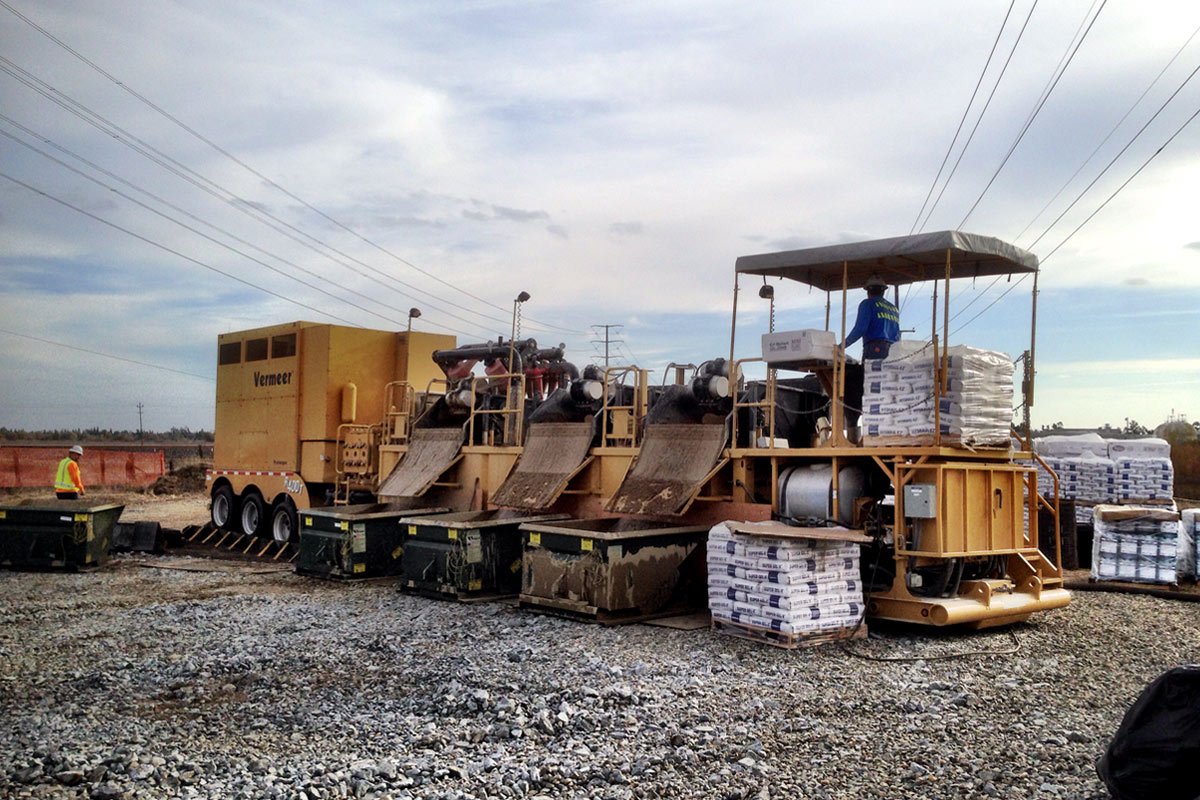
Last Word – Unprecedented Infrastructure Investment

Most would agree that 2020 and 2021 will go down as two of the worst years in recent history. The enduring pandemic and all that comes with it has led to political challenges to an already divided nation.
In addition, President Joe Biden, long considered a moderate over decades of service in the U.S. Senate, has surprised many with what have been considered increasingly progressive policy proposals.
However, the president’s landmark infrastructure measure, the Infrastructure Investment and Jobs Act (IIJA), a massive $1.2 trillion bill that invested unprecedented and welcomed funding in a wide range of infrastructure markets.
While traditional infrastructure sectors such as roads, highways and bridges, remained front and center, other areas such as water, sewer and stormwater received attention that many consider long overdue.
As enacted, the IIJA authorized $550 billion in new spending, including:
- $55 billion for water and wastewater projects;
- $65 billion for broadband deployment;
- $73 billion to strengthen the power grid;
- $110 billion for highways, roads and bridges;
- $66 billion for rail;
- $39 billion for public transit;
- $25 billion for airports; and
- $47 billion for cybersecurity and climate change mitigation.
Importantly, the legislation also provided resources for carbon capture, use and storage, as well as for increased use of hydrogen, both of which will require significant pipeline construction work.
RELATED: Last Word – What a Successful National Water Strategy Looks Like & Why it Matters
Drinking Water and Wastewater
IIJA authorized $14.7 billion from fiscal year (FY) 2022 through 2026 for the Environmental Protection Agency’s (EPA) Drinking Water State Revolving Fund (SRF) program that provides capitalization grants to states for loans supporting water drinking water infrastructure projects. It also extends the EPA grant program that supports replacement of lead water lines by five years while increasing annual authorization from $60 million to $100 million.
The measure includes $200 million over five years to reduce lead contamination in school drinking water and provides increases in compliance assistance grants – from $70 million in 2022, to $140 million by 2026 – to public water systems in small and disadvantaged communities. In addition, the bill would authorize $50 million annually, through 2026, for a pilot program to award competitive grants to states to implement improvements to water systems, with priority for states with a high proportion of underserved communities.
The law also authorized $14.7 billion through 2026 for EPA’s Clean Water SRF program, which provides capitalization grants to states for loans supporting water quality improvement projects.
The bill authorizes $280 million annually, from 2022 to 2026, in grants to states to support municipal planning and construction of projects that address combined sewer overflows, including systems to notify the public when untreated overflows are released into waterways. Another $75 million annually was authorized over five years in research grants to address water pollution and training at water treatment works.
Finally, the measure would extend the annual $50-million authorization for the Water Infrastructure Finance and Innovation Act (WIFIA) loan program through FY 2026. WIFIA is a popular, but woefully underfunded, financing program intended to help pay for larger water/sewer projects, allowing traditional SRFs to help fund other needed projects across the country.
Importantly, $55.4 billion in “supplemental emergency appropriations” for state and tribal assistance grants, including capitalization grants through the Drinking Water and Clean Water SRFs, are provided specified activities for FY 2022 through 2026, including:
- $15 billion to replace lead service lines;
- $5 billion to support disadvantaged communities impacted by emerging contaminants;
- $4 billion to focus on polyfluoroalkyl substance contaminants; and
- $8.3 billion for the water and related resources activities, with $3.2 billion being set aside for aging infrastructure overseen by the U.S. Bureau of Reclamation.
Badly-Needed Funding to Address Long-Term Infrastructure Funding Needs
EPA estimates that $271 billion and $473 billion will be needed for wastewater/stormwater and drinking water infrastructure, respectively. Seeing how federal spending has traditionally accounted for a meager 4 percent of all spending on America’s environmental infrastructure, and that hundreds of billions of dollars are sorely needed, the funding provided in the infrastructure package is long overdue and would be a sound investment in critical American assets.
RELATED: Last Word – Engineers Must Avoid Bottlenecks That Could Delay Infrastructure Funds
Our underground water and sewer infrastructure ensures that we have access to clean drinking water and safe, sanitary wastewater systems, and helps to keep our economy moving. Investments in this infrastructure enhance public health and environmental protection, but also create high-paying jobs, generate significant economic activity and expand the local tax base.
Industry research indicates that every $1 billion invested in water and wastewater infrastructure creates up to 28,000 new jobs, with average annual earnings of more than $50,000, and increases demand for products and services in other industries by more than $3 billion.
Unprecedented investment levels are not limited to America’s environmental infrastructure such as water and sewer systems. Tens of billions of dollars are dedicated to deploy broadband, harden the electric grid, and increase use of renewable energy sources. Carbon capture, use and storage as well as increased use of hydrogen are prime examples, and utilities and the contractors who work for them will all benefit, while the industry does its part to help the country climb out of a global pandemic that once seemed to doom the American economy.
Eben Wyman represents NUCA and is the principal of Wyman & Associates.



